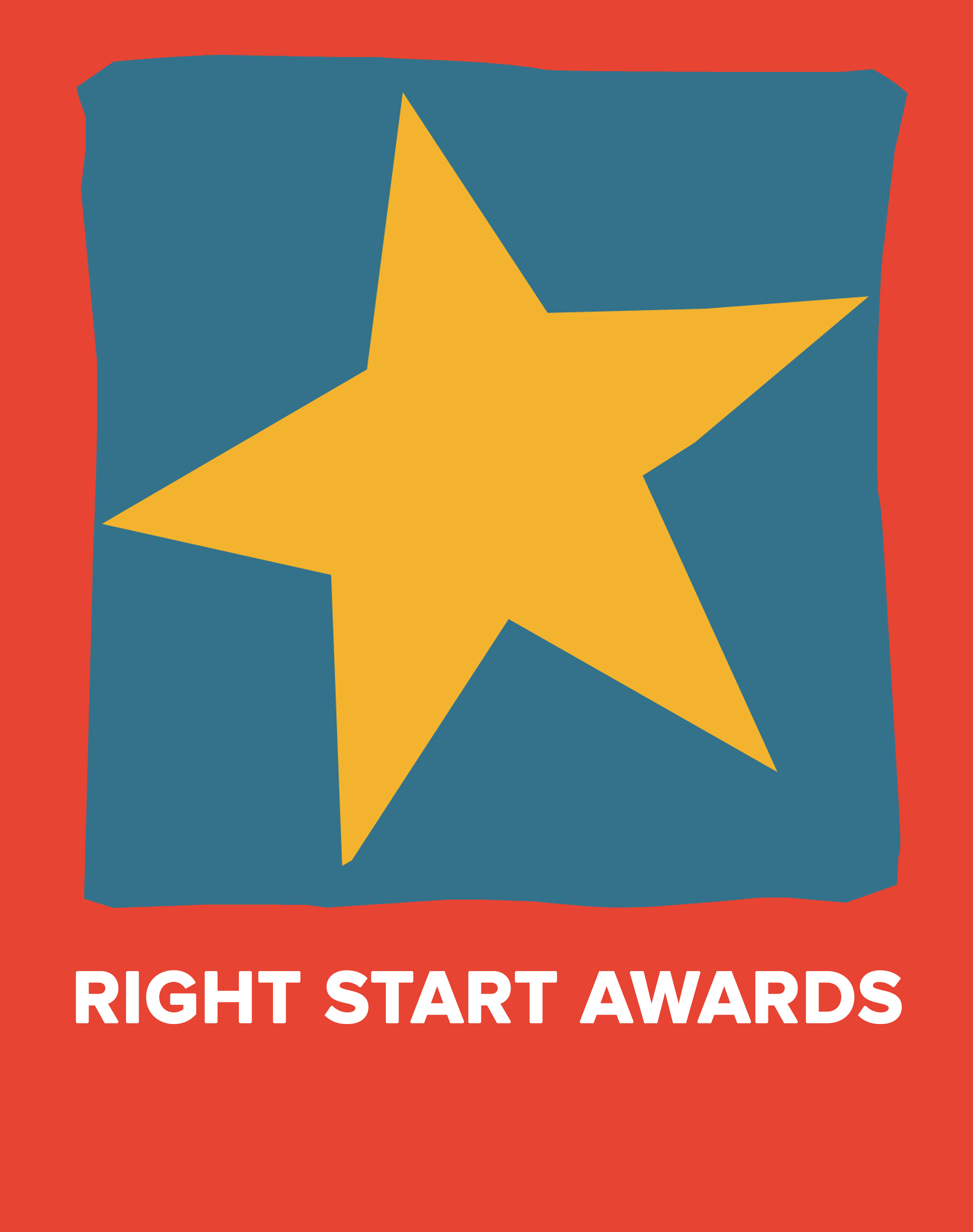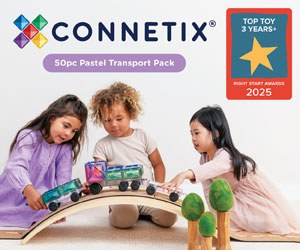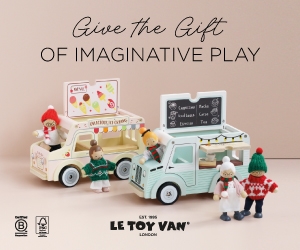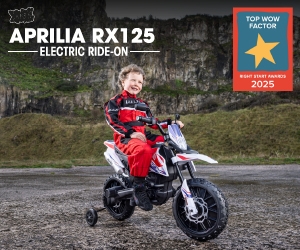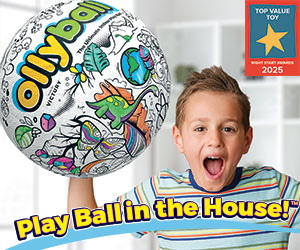‘Play contributes to cognitive development, as well as reducing stress Allowing children space to exercise their imagination and try out ideas is really beneficial for them mentally and emotionally, as well as being lots of fun. Toys are a great way to encourage your kids to play imaginatively, but after a while they can really build up,’ says Lisa. ‘Our ideas for organising the toy collection should not only keep your home looking neater, but should also guarantee they can find what they’re looking for”
Choose a play area
When tidying your child's toys away you need to confine them to a designated play area within the house. Choose a certain room that can be the nursery or playroom, or choose a corner of your child's bedroom that can be the play area. If you're short on space, you can carve out a corner of the living room for this purpose. The important point is that this is where the toys live, and this is where they return after play.
Collect the toys that have migrated to different locations in the house and start placing them altogether in your chosen area. Decorating your play corner will encourage your child to stay within this area when playing with their toys and help to signal them to take their toys back when putting them away.
Categorise the toys
To keep toys neat, it helps to categorise them so that you know exactly what you have and can keep track of them. Start by splitting up indoor and outdoor toys, so that you'll never wonder where the football is the next time you want to go to the park for five-a-side. If you have more than one child, you can categorise the toys by having a draw, basket or box for each child, as well as a section for shared toys — this way, everyone will be able to find their possessions when play time arrives.
Another way of categorising is to split up dolls, stuffed toys, art materials, playsets blocks, and games into different sections. You can then put each of the collections in its own box and add labels so that you'll always know what's in each one. Creating this system and encouraging your child to put toys away in the right place at the end of the day will mean that everything stays tidy — and it will avoid you or your little one spending time searching for a favourite toy.
Invest in storage boxes and bins
Taking the time to find storage bins, baskets and boxes that are matching and compliment the décor of your room will make the storage into an interior design feature rather than a chore. Work out what will be easiest for your children to access — boxes on wheels are ideal and they are easy to label too. Having lids on your storage bins is a good idea to save things falling out and making a mess if children tip them over.
Open shelves can provide a place to neatly stack your boxes, placing everything with the labels on show so you can see what you have. Or, you might want to go without shelves and instead buy boxes that can stack on top of one another.
Create labels for your children
When labelling your boxes, make sure that they can be easily understood by your little ones, so that they can use them to find their toys and put them away again. Using pictures as well as words will make it easier for young children to understand what is in the box. Try printing out illustrations or photos of their toys and writing the name of the category in colourful font, so that the label will catch their eye.
Kids can even involved in making their own labels. They will enjoy drawing or colouring pictures of their toys and arranging the labels in their playroom.
Make use of vertical storage
This type of storage can be really effective for organising toys. The back of the door is a great place to add some extra storage, especially for small items like figurines or model cars. Or, you might want to add shelves that reach up to the ceiling and store items that your child won't need to access without you, such as larger outdoor toys like tents, paddling pools and inflatable swimming toys.
There are plenty of aesthetically pleasing storage solutions that can be directly nailed to the wall and form both a décor feature and a storage solution. You'll just need to bear in mind how high you are storing things in terms of your child's age and height — store things they'll need to reach themselves at the appropriate height.
Visit www.plasticboxshop.co.uk



